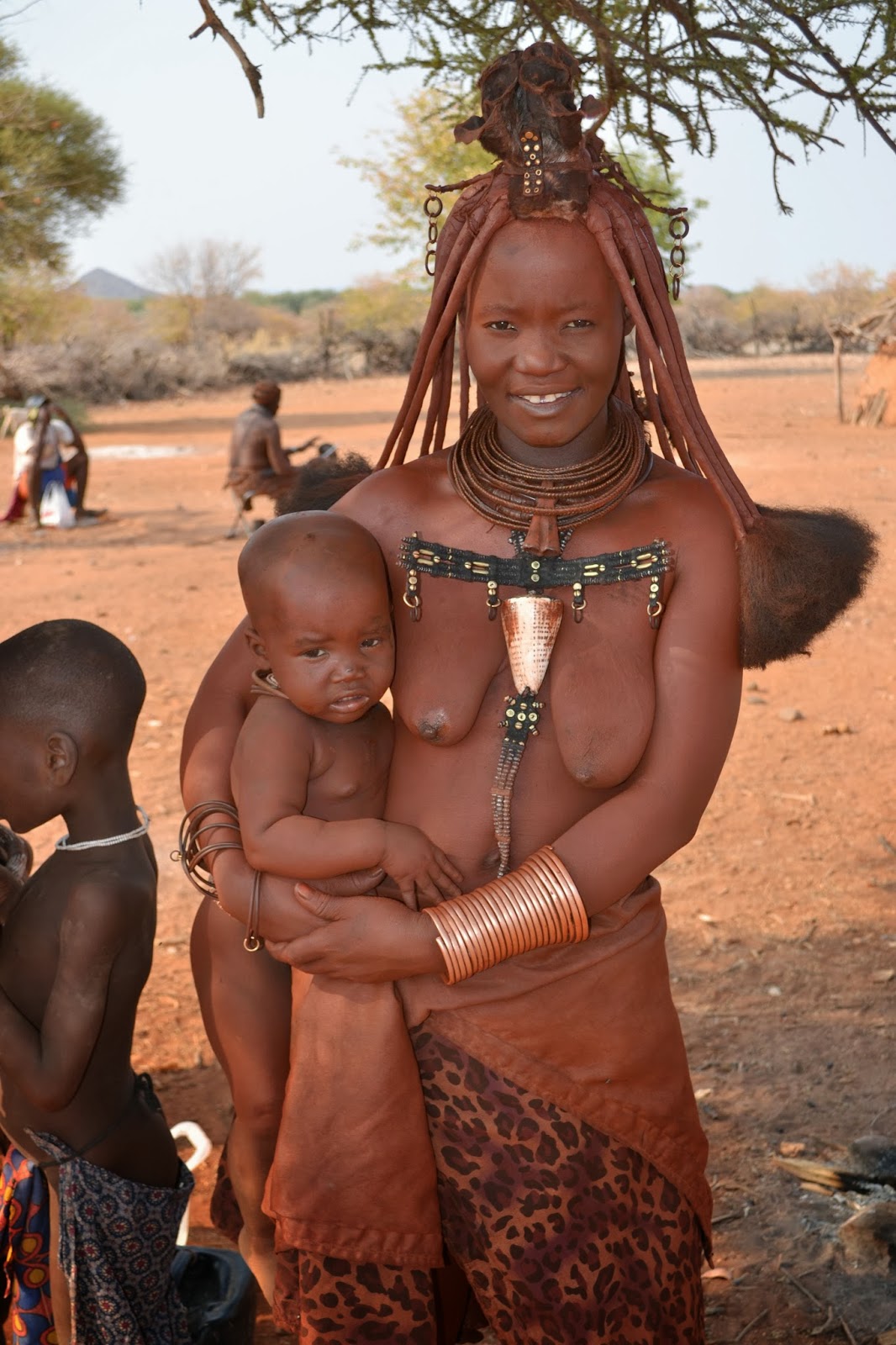Milk at the 2013 Annual Meeting of the American Anthropological Association

Are you an anthropologist? Are you going to be in Chicago for the meetings in a couple weeks? Love lactation research? And most importantly, do you like getting up super early in the morning? MOTHERS, MILKS, AND MEANING: INNOVATIONS IN STUDYING LACTATION, INFANT FEEDING, AND DEVELOPMENTAL ECOLOGY in HUMANS AND NONHUMAN PRIMATES Thursday, November 21, 2013: 8:00 AM-11:45 AM Barbershop (Renaissance Blackstone Hotel) From the abstract : “The goal of this panel is to bring together a range of anthropologists specializing in human and non-human primate lactation and breastfeeding to bridge this gap and explore the biological, sociocultural and structural concepts that characterize infant and juvenile feeding among humans and primates. This panel serves as an opportunity for the exchange of new ideas and novel methodology, while facilitating an increased understanding of how physiology, behavior, and social practices are reshaping our understanding of milk and breastfeeding and

